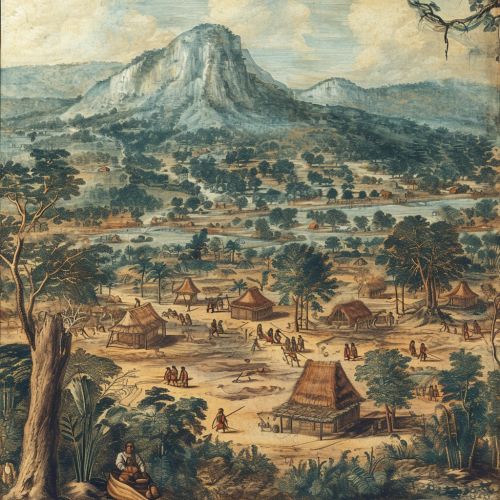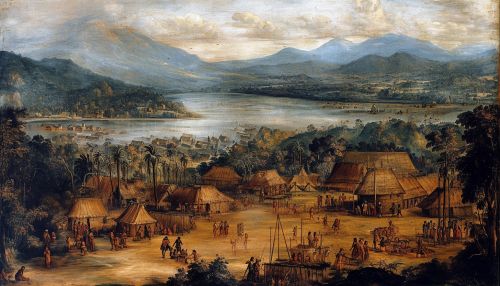Discussions on 16th-century South American Disestablishments
Overview
The 16th-century South American disestablishments were a series of events that led to the collapse of several pre-Columbian civilizations and the subsequent establishment of European colonies. This period was marked by the European exploration and colonization of the continent, which had profound impacts on the indigenous cultures and societies.


Pre-Columbian Civilizations
Before the arrival of Europeans, South America was home to several advanced civilizations, including the Inca, the Muisca, and the Mapuche. These societies had complex political systems, advanced agricultural practices, and rich cultural traditions.
Inca Empire
The Inca Empire, also known as Tawantinsuyu, was the largest empire in pre-Columbian America. It extended across the Andes region, encompassing present-day Peru, Ecuador, Bolivia, and parts of Colombia, Argentina, and Chile. The Inca developed sophisticated infrastructure, including a network of roads and bridges, terraced farming systems, and impressive architectural structures like Machu Picchu and the Sacsayhuamán fortress.
Muisca Confederation
The Muisca Confederation was a loose confederation of different Muisca rulers in the central highlands of present-day Colombia. Known for their intricate gold work and the legend of El Dorado, the Muisca had a complex social structure and a calendar system that was closely tied to their agricultural cycle.
Mapuche People
The Mapuche people, inhabiting the areas of present-day southern Chile and southwestern Argentina, were known for their fierce resistance against invaders. Unlike the Inca and Muisca, the Mapuche did not have a centralized political structure, but were organized in small autonomous communities.
European Exploration and Colonization
The 16th century marked the beginning of the Age of Discovery, during which European powers, primarily Spain and Portugal, began exploring and colonizing new lands. South America became a major focus of these expeditions, leading to significant changes in the continent's political, social, and cultural landscape.
Spanish Conquest
The Spanish conquest of South America began with the voyages of Christopher Columbus in the late 15th century. However, it was the expeditions of Francisco Pizarro and Diego de Almagro in the 16th century that led to the downfall of the Inca Empire and the establishment of Spanish colonies.
Portuguese Colonization
While the Spanish were focused on the Andean region, the Portuguese explored and colonized the eastern coast of South America. The Treaty of Tordesillas in 1494 had divided the New World between Spain and Portugal, with the latter receiving the lands to the east of a meridian line. This led to the establishment of Portuguese Brazil.
Disestablishment of Indigenous Societies
The arrival of Europeans led to the disestablishment of indigenous societies in South America. This was due to a combination of factors, including warfare, disease, forced labor, and cultural assimilation.
Warfare and Forced Labor
The Spanish and Portuguese conquests were marked by violence and coercion. Indigenous populations were often forced into labor under the encomienda system, which led to widespread exploitation and abuse.
Disease
The introduction of European diseases to which indigenous populations had no immunity had devastating effects. Diseases such as smallpox, measles, and influenza decimated indigenous communities, contributing significantly to their decline.
Cultural Assimilation
The process of cultural assimilation, often enforced through religious conversion and the imposition of European languages and customs, further eroded indigenous societies. The loss of indigenous languages, traditions, and knowledge systems was a significant aspect of the disestablishment process.
Legacy and Impact
The 16th-century disestablishments in South America had profound and lasting impacts. The demographic collapse of indigenous populations and the establishment of European colonies reshaped the continent's demographic, cultural, and political landscape.
While the period was marked by violence and loss, it also led to the emergence of new cultures and societies. The blending of European, indigenous, and African cultures gave rise to unique forms of art, music, cuisine, and social structures, which continue to shape South America's diverse cultural heritage.
